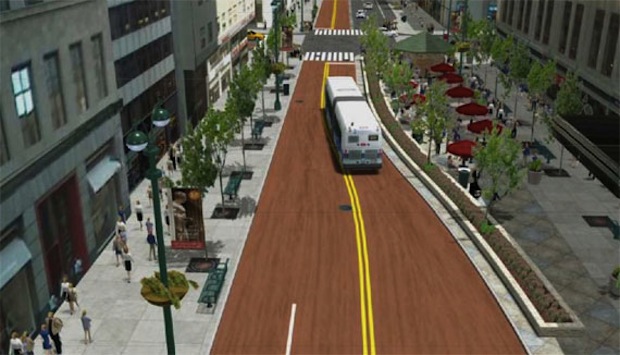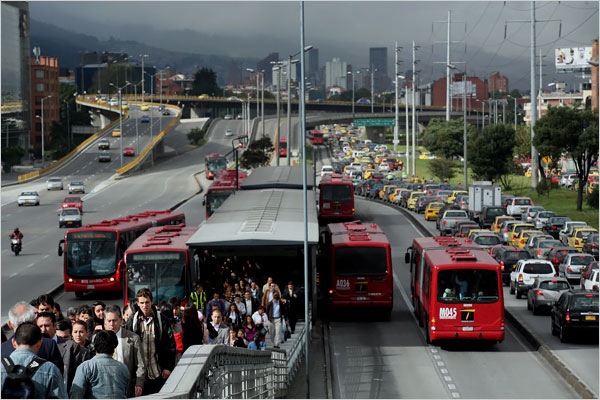Link: Light rail a step closer to reality

Light rail a step closer to reality
By Nick Taborek
February 06, 2010
DOWNTOWN — Transportation officials this week signed off on a plan to extend the Expo light rail line to Downtown Santa Monica, approving the project's environmental review and selecting a route for the line's Westside component.
The decision by the Expo Authority's board on Thursday paves the way for construction to begin this year and marks a major milestone in the effort to link Downtown Santa Monica to Downtown Los Angeles by rail. The first phase of the project linking Downtown L.A. to Culver City is under construction, with the extension to Santa Monica scheduled for completion in 2015.
The Santa Monica City Council has supported the project as a way to reduce traffic, cut down on vehicle emissions and encourage transit-oriented development.
The $1.5 billion extension of the line would travel along Colorado Avenue in Santa Monica with the final stop at Fourth Street, where City Hall officials are mulling plans to create a pedestrian plaza.
Opponents of the project have criticized the environmental review process, saying the Expo authority should have more carefully considered building a portion of the line near Century City underground because of safety and traffic concerns.
Bulldog Realtors
advertisement
As approved, much of the line will be built at street level, though bridges will allow the train to bypass some traffic-clogged intersections, including Cloverfield Boulevard and Olympic Boulevard.
Kevin Hughes, president of the Cheviot Hills Homeowners Association, said his group and other Westside homeowners' associations that have banded together as Neighbors for Smart Rail could sue over the plan.
But he said one of the group's chief complaints is that the Expo authority hasn't been receptive to discussing homeowners' "community anxieties" over the project before pressing ahead.
"The only time they've ever talked to me about this was to talk to me in a formal way," he said. "I want somebody to come have breakfast with me."
A potential lawsuit, he said, would center on Expo's alleged failure to adequately analyze Westside traffic impacts and to consider making portions of the line into a subway.
The Expo authority has countered that building a tunnel would cost $224 million and isn't necessary.
Darrell Clarke, a prominent supporter of the light rail project and the president of the group Friends 4 Expo, said the Expo board made the right decision to move ahead with the project.
"There's no reason to delay. The thing has been studied to death," Clarke said.
While Santa Monica leaders have consistently backed Expo, the rail project drew criticism last year when the authority disclosed plans to build a rail maintenance yard on Exposition Boulevard near Stewart Street at a site owned by Verizon.
Residents raised concerns that noise from the 24-hour rail yard facility would disrupt the neighborhood.
The site remains slated for use as a maintenance yard, but Councilwoman Gleam Davis said Expo authority officials "are working diligently with Santa Monica to ensure that [the yard] will have minimal, if any, impacts."
Davis voted in favor of Expo plan on Thursday, sitting on the board as an alternate for Mayor Pro Tem Pam O'Connor, who is a permanent member of the Expo Authority board but missed the meeting because she is recovering from surgery.
"This [project is] important for our community and we will do as a community what we need to do to [preserve] the peace and quiet of our residents," Davis said.
















